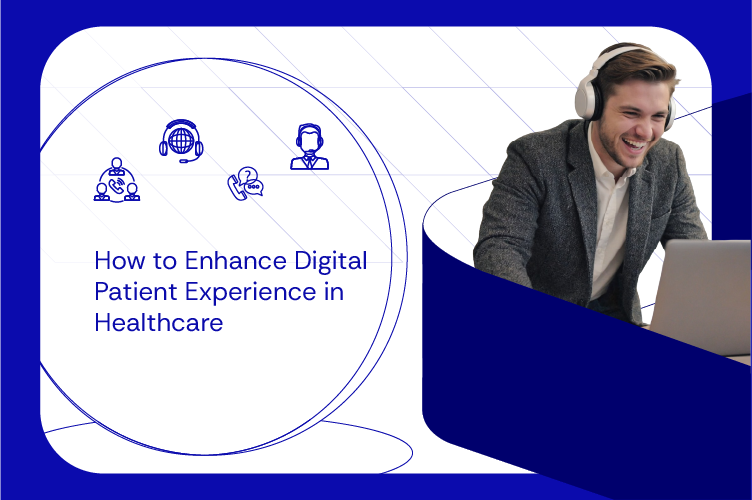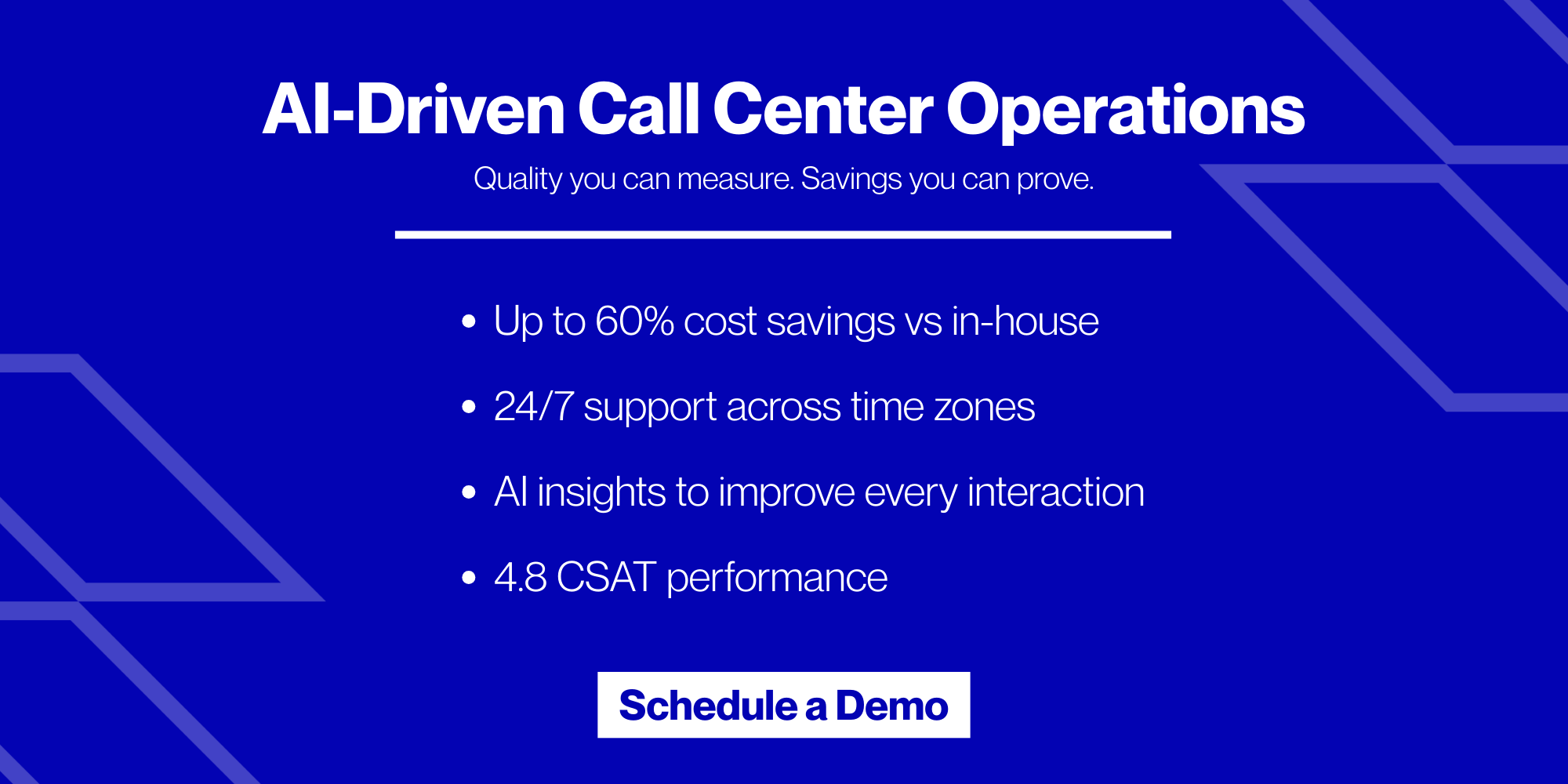Digital patient experience refers to the complete set of digital interactions a patient has with a healthcare provider. These interactions are usually performed through digital platforms, like telehealth, mobile apps, online portals, and digital communication channels. They cover all the major touchpoints from appointment booking to follow-up care.
Click. Tap. Heal: That’s the rhythm of modern healthcare in 2025.
Today’s patients no longer want to wait in long queues or make endless phone calls just to book a check-up. They expect the same ease they get when ordering food or booking travel.
This shift has turned the spotlight on the digital patient experience. It covers every digital touchpoint, such as:
- Online scheduling
- Virtual consultations
- Offering telemedicine using mobile health apps
Recent surveys show that 93% of patients expect healthcare providers to integrate digital tools into their care journeys. For VPs, Senior Managers and Directors overseeing CX in healthcare and digital consumer brands across the US, UK & Australia, this isn’t optional, it’s a competitive necessity.
So, in this new world, want to adapt quickly and build lasting trust with your patients in 2025?
In this article, we will first understand what digital patient experience is and how you can boost it. Also, we will learn about the seven latest digital technologies transforming patient experience in 2025.
What is the Digital Patient Experience?
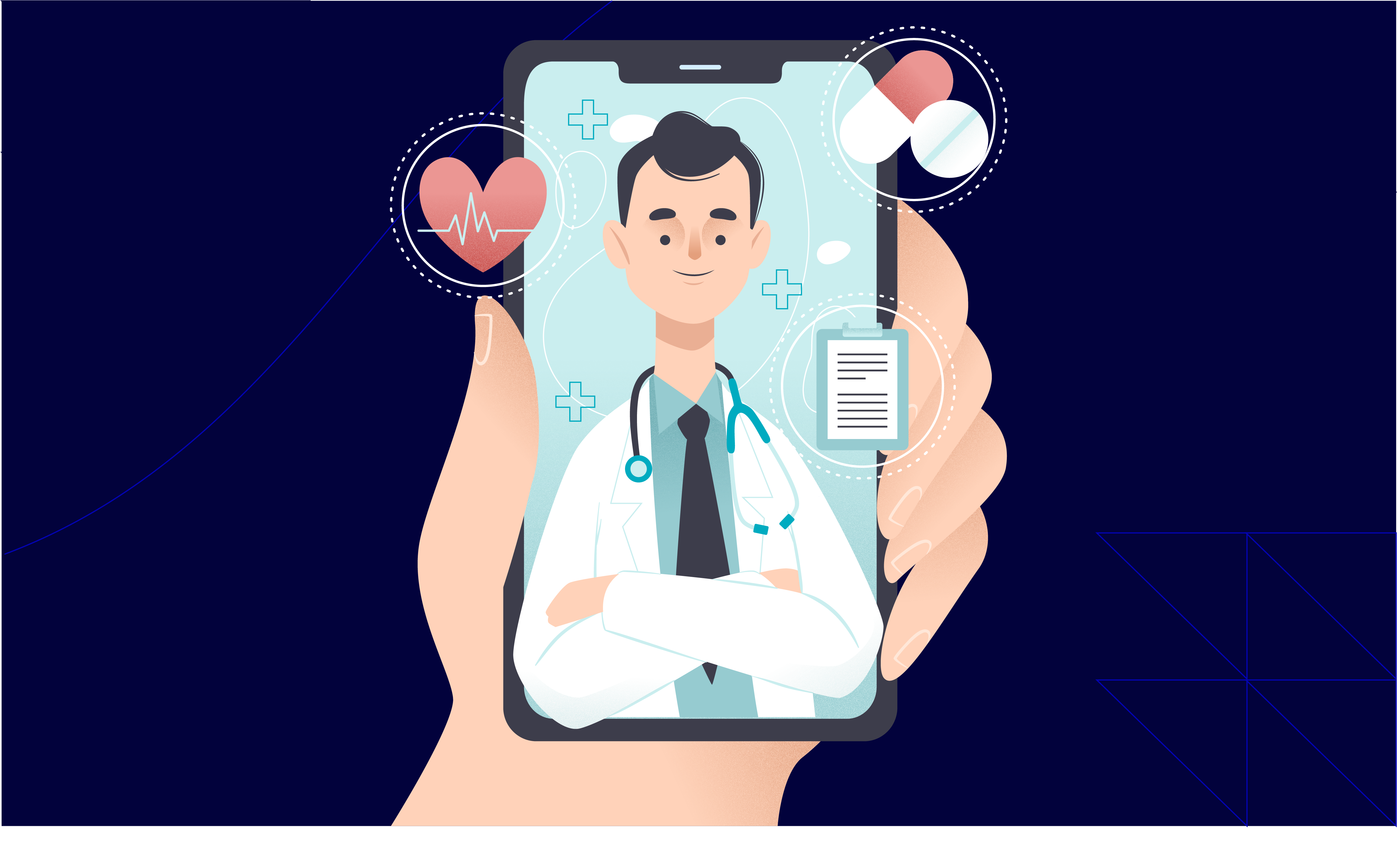
The digital patient experience refers to how patients interact with a hospital, clinic, or doctor using digital tools at every step of their treatment journey. Commonly, it covers:
- Booking appointments online
- Receiving reminders on their phone
- Accessing test reports through a website or app
- Getting follow-up advice over video calls or messages
A 2024 Accenture study found that 68% of patients are more likely to choose providers that offer seamless online appointment management. For healthcare leaders managing $5M+ revenue organizations, this translates into patient loyalty and retention. Thus, to match what patients expect, hospitals and clinics now use digital platforms (just like banks or e-commerce stores do in 2025) for adding digital needs of patient to the core workflow.
6 Proven Techniques to Enhance the Patient Digital Experience
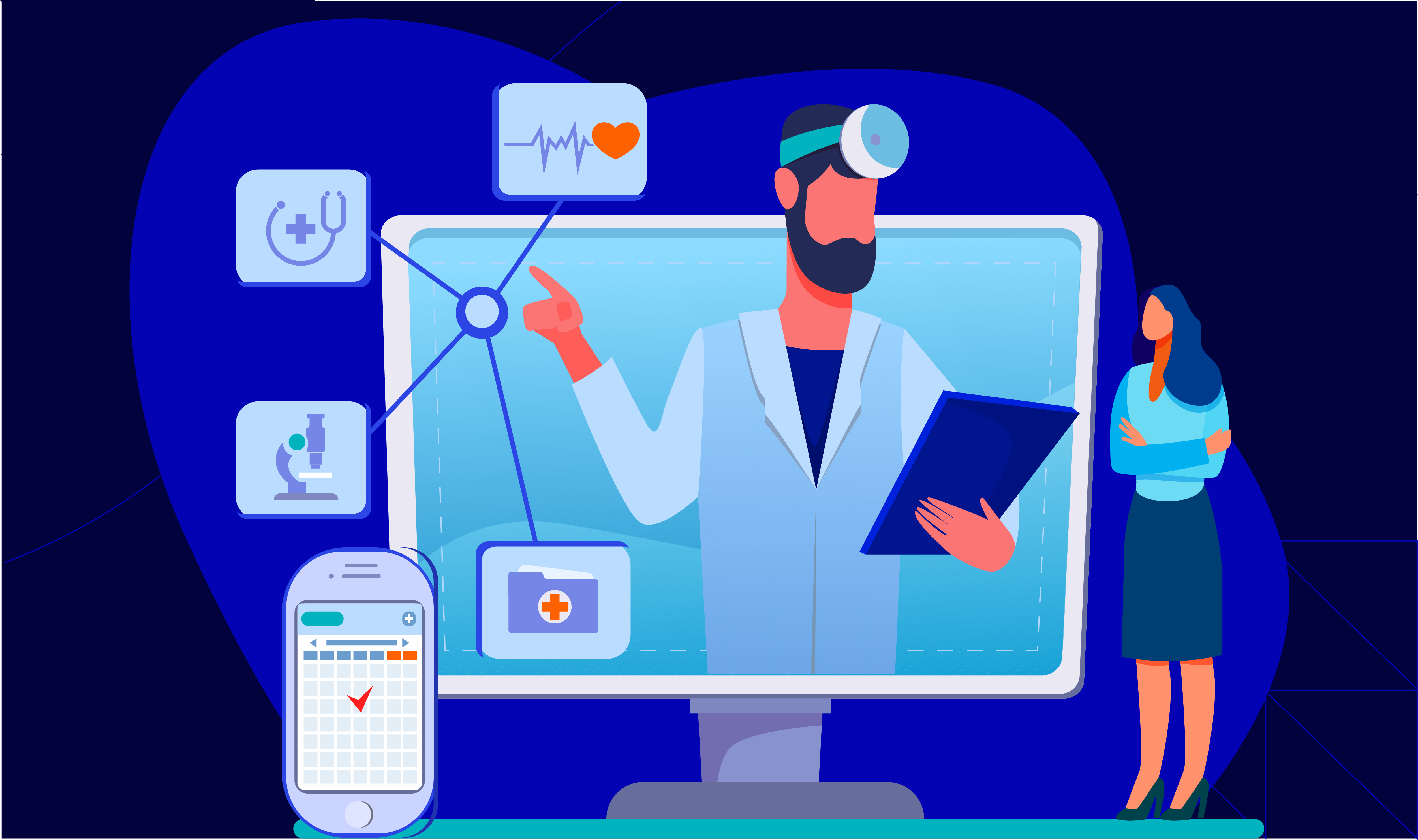
Studies show that about 28% of patients have switched or stopped visiting a provider due to poor digital experiences. Thus, improving the digital patient experience should be your top priority in 2025.
Below are six proven techniques that allow clinics to meet modern patient expectations:
1. Build a Digital Front Door
A digital front door is a single online platform. It brings together all patient services in one place. Commonly, this includes:
- Booking appointments
- Viewing medical records
- Having video consultations
- Messaging the doctor
Instead of asking patients to visit different websites or apps for each task, one platform should handle everything. Also, it should be simple to use, so that patients do not get confused.
For example,
- You developed a universal digital front door.
- Using it, your patients can:
- Book a visit
- Check test results
- Join a video call
- They can do all from the same app or website
This approach also helps the clinic by reducing phone calls and manual work. It enhances digital patient interactions and supports digital services from doctor in managing their time.
When done right, it reduces administrative work and creates a connected experience. For example, Atidiv partnered with a UK retailer to streamline 230,000+ yearly interactions (case study here), similar process efficiency can be applied in healthcare.
2. Adopt Omnichannel Communication
Omnichannel messaging solutions allow patients to reach out to a healthcare provider using different methods:
- Mobile apps
- Websites
- Outsourced Email support
- Telehealth video calls
All these channels work together. This lets patients move between them without repeating information. For example,
- Say a patient starts a conversation through a website.
- Later they switch to a video call.
- Now, despite the change in communication channels, the doctor should have the full history.
This approach gives patients more choices and increases their digital patient experience. It also keeps patients connected during each step of their treatment. Omnichannel tools ensure that if a patient starts on your website and shifts to video, the provider has full context. For healthcare CX leaders, this approach improves satisfaction while reducing repeated data entry and cutting operational costs. This seamless experience significantly boosts the digital patient journey in 2025 and addresses the digital needs of patient expectations.
3. Try to Achieve Interoperability Across Systems
Interoperability means different digital systems in a clinic or hospital should be connected. Some common linkages you can establish are:
- Electronic health records (EHRs)
- Appointment software
- Test result databases
- Communication tools
When these systems work together, doctors can see complete patient information during consultations. In 2025, connectivity is an expectation for healthcare CX. Clinics adopting connected systems see fewer delays, reduced staff workload and higher patient trust. If systems do not connect, staff may have to collect or enter the same information more than once. This wastes time and increases the chance of error.
4. Maintain the Human Touch
Even in 2025 with digital tools, personal interaction still matters in healthcare. Patients want themselves to be listened to and respected. They don’t want to get treated like a number.
Thus, you can use digital tools for tasks like booking or checking results, but they should not replace real conversations between patients and doctors. For example,
- During a video call, the doctor should listen carefully and show understanding.
- Staff should still speak politely and explain things clearly, whether online or in person.
Patients want speed and convenience from digital tools, but reassurance still comes from people. The best providers strike this balance.
Thus, a good balance between technology and human connection should be established. This significantly increases the digital patient experience.
5. Online Appointment Scheduling and Cancellations
Nowadays, letting patients book or cancel appointments online is becoming a basic expectation in healthcare. Studies show that about 75% of patients want appointment bookings and reminders via mobile devices. Also, 68% prefer electronic payment methods for medical bills.
Such a digital approach also lets patients choose the slot that fits their schedule. Practices without digital scheduling risk losing patients to more digitally advanced competitors. This is also key in adding needs of patient to routine operations.
6. Start Offering Telemedicine Services
Telemedicine allows patients to speak with doctors through video or voice calls instead of visiting in person. This became common during the pandemic when in-person care was limited. Nowadays, many patients prefer it for non-emergency needs.
This technique removes travel and lets people stay in touch with their doctors from home. For your practice, offering telemedicine can:
- Attract new patients
- Support existing ones who need care but cannot visit the clinic
In 2025, telemedicine is essential to remain competitive.
7 Latest Digital Technologies Transforming Patient Experience in 2025
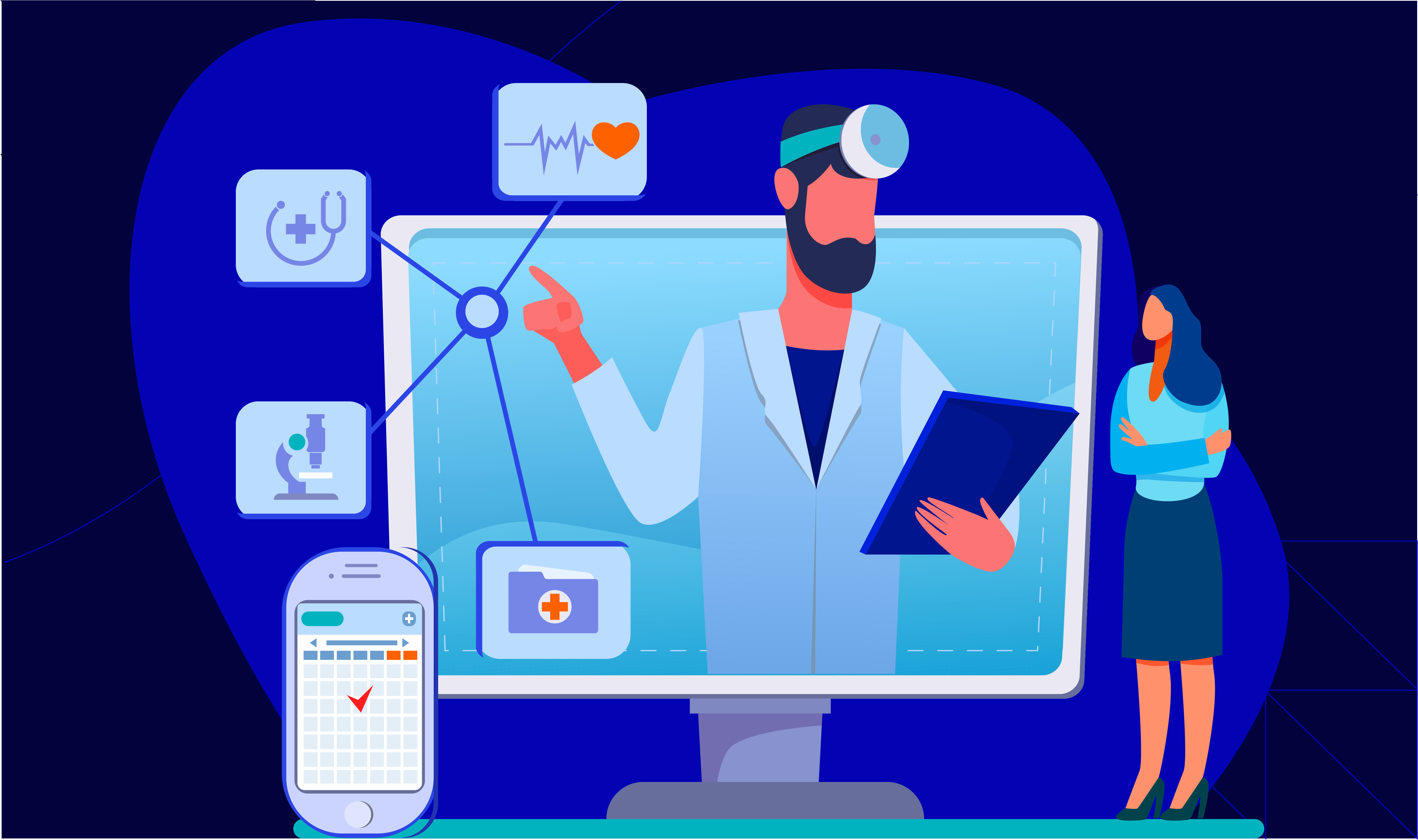
Did you know? More than 60% of patients consider digital services important when choosing a physician. Thus, as a healthcare provider, you must try to boost your digital patient experience in 2025. Below are the seven latest technologies that can help you:
1. Artificial Intelligence (AI) and Data Use
Using AI, you can look at large amounts of patient data to find health patterns. This lets doctors create treatment plans that suit each person.
Also, AI tools can warn doctors about health problems before they happen. This significantly boosts the digital patient experience.
2. Online Doctor Visits (Telehealth)
Telehealth allows patients to speak to doctors from home using a phone or computer. This removes the need to travel. Some tools and devices also:
- Track health conditions from home
- Send updates to doctors
3. Patient Feedback Tools
Hospitals use apps, emails, or text messages to ask patients about their care. The responses generated allow healthcare providers to resolve issues. AI can also study this feedback to find patterns and suggest changes.
4. Electronic Health Records (EHRs)
EHRs are digital files of a patient’s medical history. They help doctors quickly see:
- Test results
- Past treatments
- Other important information
This improves communication between care teams and enhances the digital patient experience.
5. Health Apps for Phones
Using mobile apps, patients can manage their care. Also, they can:
- Book appointments
- Get medicine reminders
- See their test results
These tools help patients stay involved in their treatment.
6. Patient Stories in Digital Format
Some hospitals collect personal stories from patients using videos or digital journals. These stories are added to their medical files. This allows doctors to understand how a patient is feeling and adjust care.
7. Home-Based Hospital Care
Some programs let patients get hospital-level care at home. Special kits and video check-ins allow doctors to treat patients without a hospital stay.
Global venture capital funding in digital health surpassed $90B in the last decade, signaling strong growth in patient-centric digital solutions.
Grow Your Organic Patient Growth in 2025. Go Digital with Atidiv!
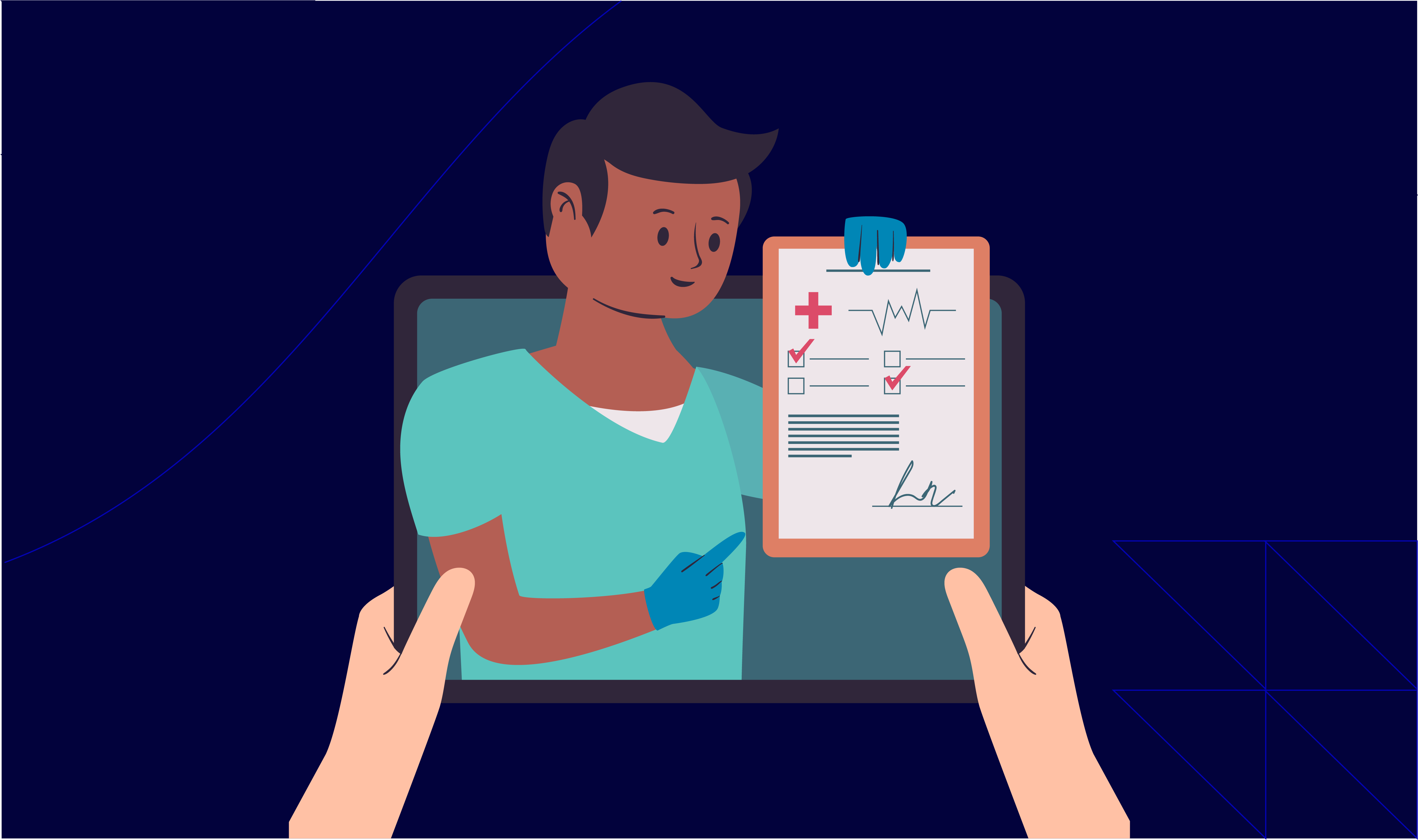
Using digital tools isn’t just about keeping up with technology! Instead, it is about staying connected to what today’s patients truly need. Enhancing digital health is about technology and delivering patient-first experiences.
To enhance the digital patient experience, you should:
- Let your patients book appointments online
- Offer virtual consultations
- Provide telemedicine
- Set up omnichannel messaging solutions
When done right, such an approach strengthens the bond between patients and healthcare providers. However, achieving this transformation requires the right tools and support.
That’s where Atidiv steps in. We are a leading digital customer experience solutions provider with deep expertise in healthcare and patient engagement. Atidiv helps consumer brands and healthcare providers across the US, UK & Australia transform digital patient journeys. With 15+ years of experience, 70+ clients and proven savings of up to 60%, we support VPs, Senior Managers and Directors in CX roles to scale efficiently.
Whether your clinic or digital health startup has a team of size of just 5+ or is an established provider generating $5M+ revenue, Atidiv can power your digital digital transformation journey.
Our expert team specialises in the healthcare sector and can easily manage:
- Patient queries
- Appointment bookings
- Multi-channel communication
Case study: Saved $1.3M annually for a US tire retailer and optimized support for a UK brand.
Also, we offer digital marketing and content moderation solutions. They let clinics engage patients while maintaining a respectful online presence.
Partner with Atidiv today! And deliver seamless, trusted patient digital experiences.
FAQs for Digital Health Experience
1. How can my clinic start offering a digital health patient experience without a big budget?
Start by offering:
- Online appointment booking
- Basic telehealth
Ideally, you should focus on the most requested features by patients. Remember that you don’t need to build everything from scratch! Instead, use ready-made tools that can grow with your clinic.
2. Do I need to hire tech staff to manage digital customer support systems?
Not always. Many digital tools are now user-friendly and don’t need a full-time IT team. Still, if you find it tough, you can outsource your customer support to Atidiv. We offer:
3. What if my staff is not comfortable with new technology?
In the beginning, choose simple tools and offer basic training. Start with one system (like digital appointment booking) and let your staff get used to it. Gradually, increase the number of digital tools rather than making big changes all at once.
4. How can I know if my digital strategy is actually helping patients?
To track patient satisfaction, you can use:
- Feedback forms
- Online reviews
- Call data
You can also use the services of leading agencies like Atidiv. We provide analytics dashboards so leaders can act quickly without extra tech expenses.
